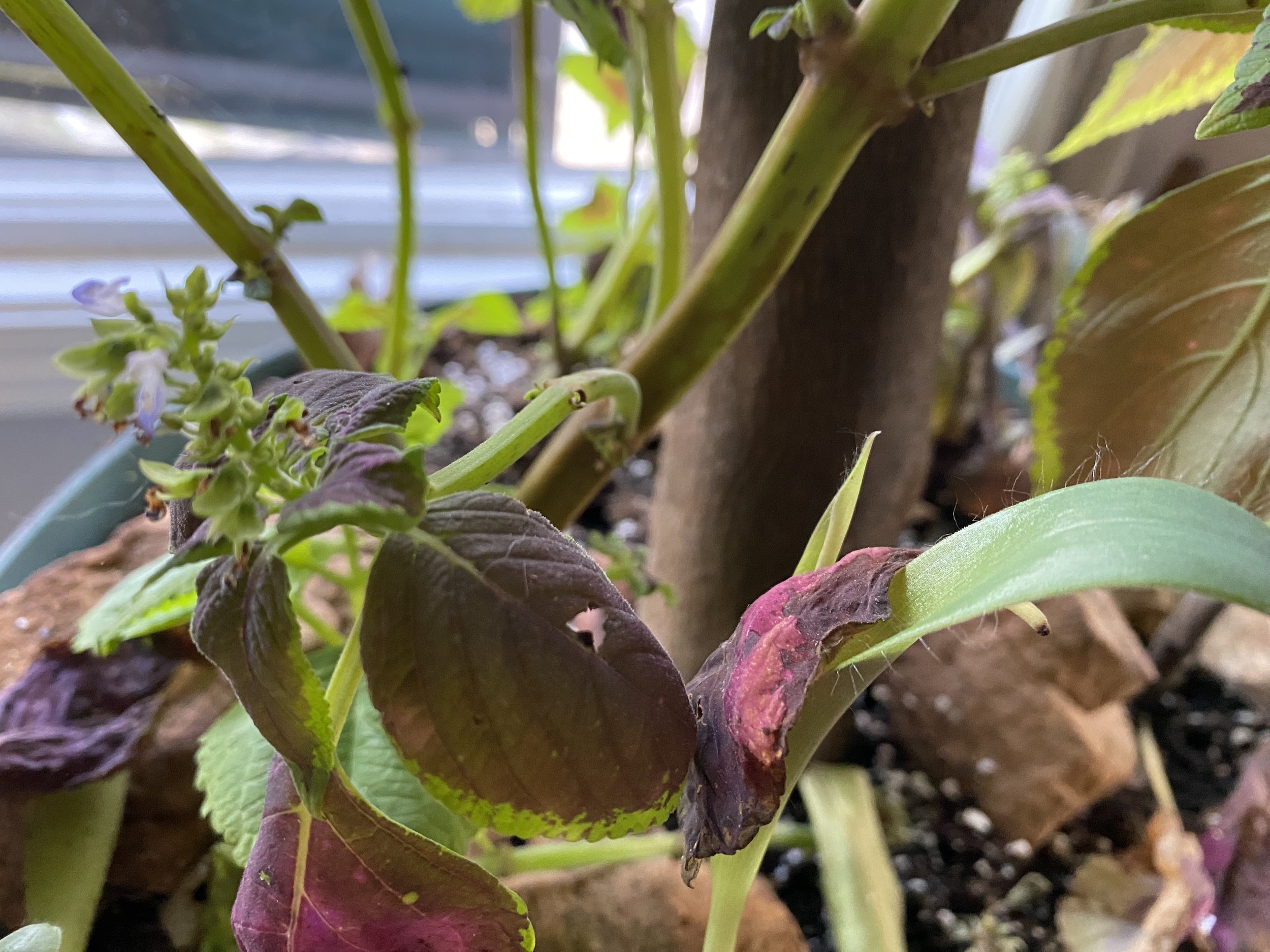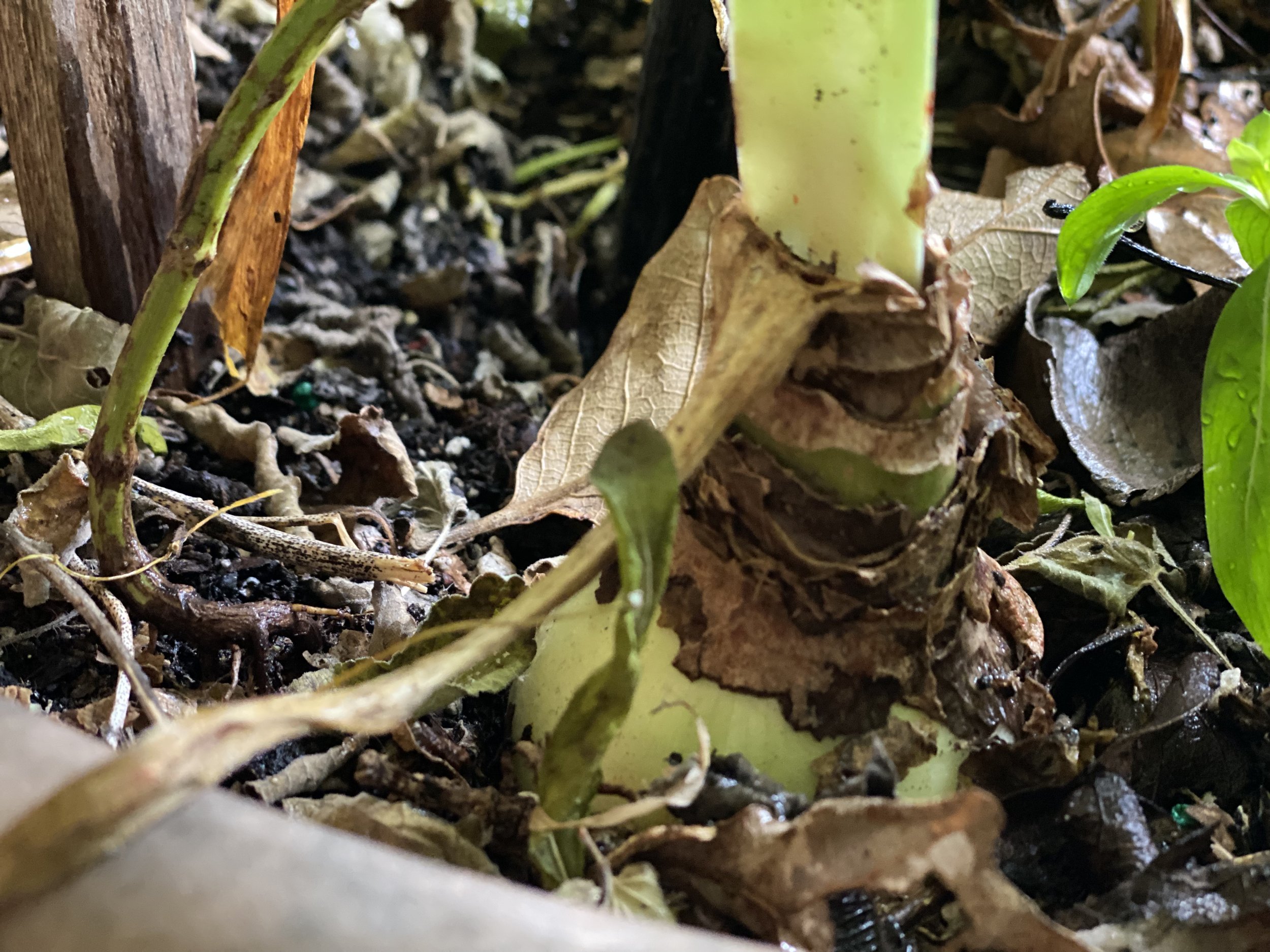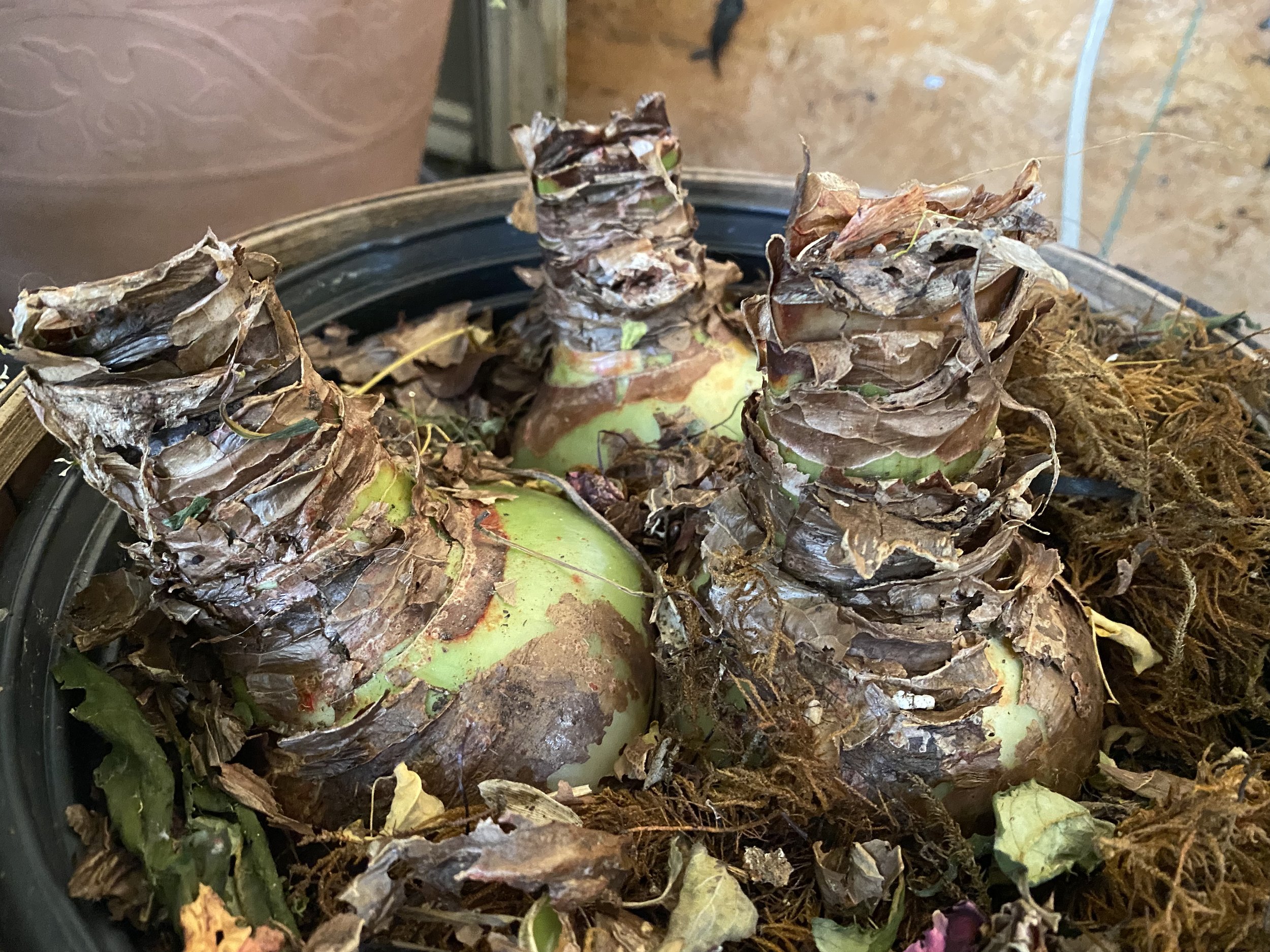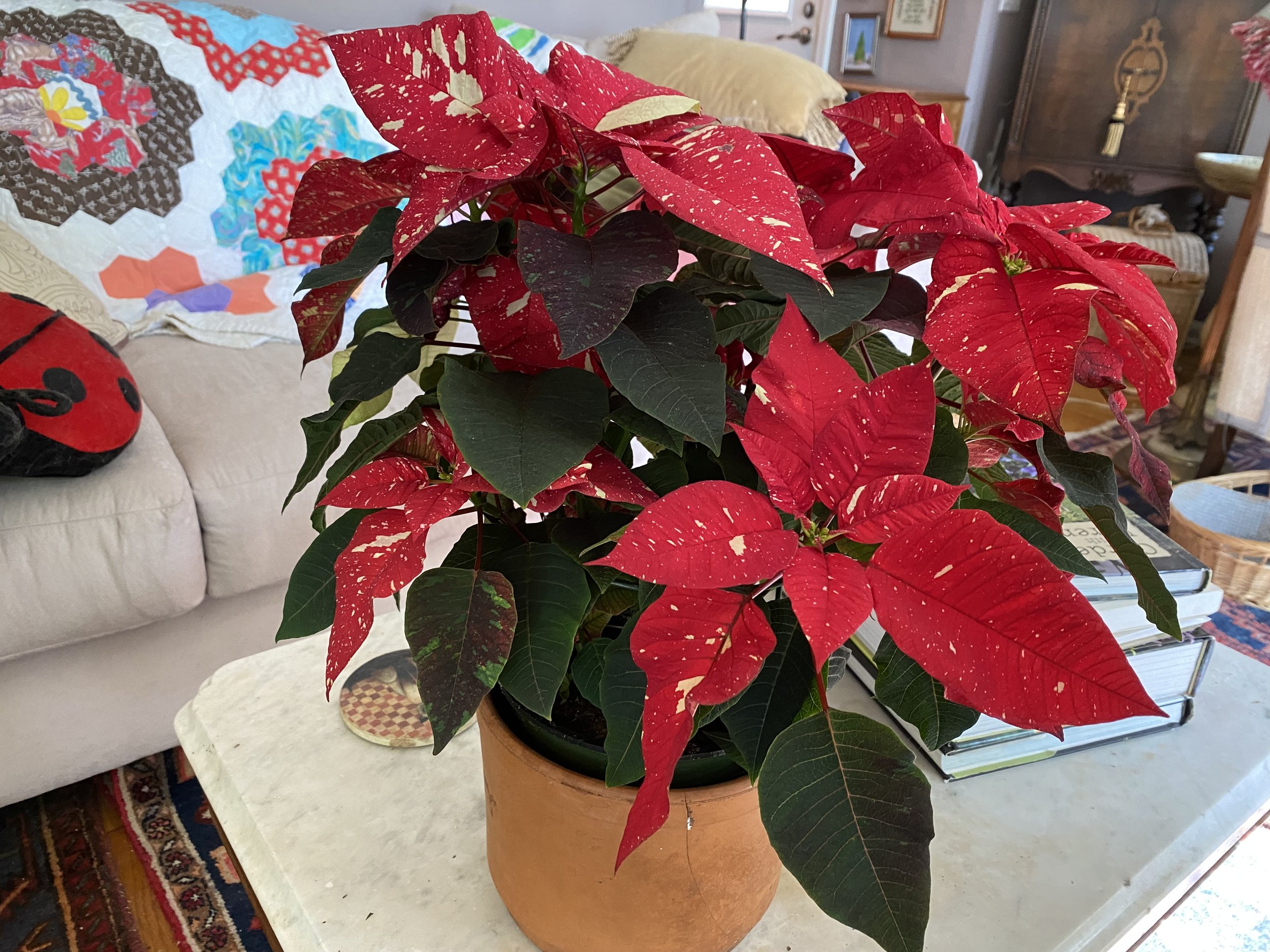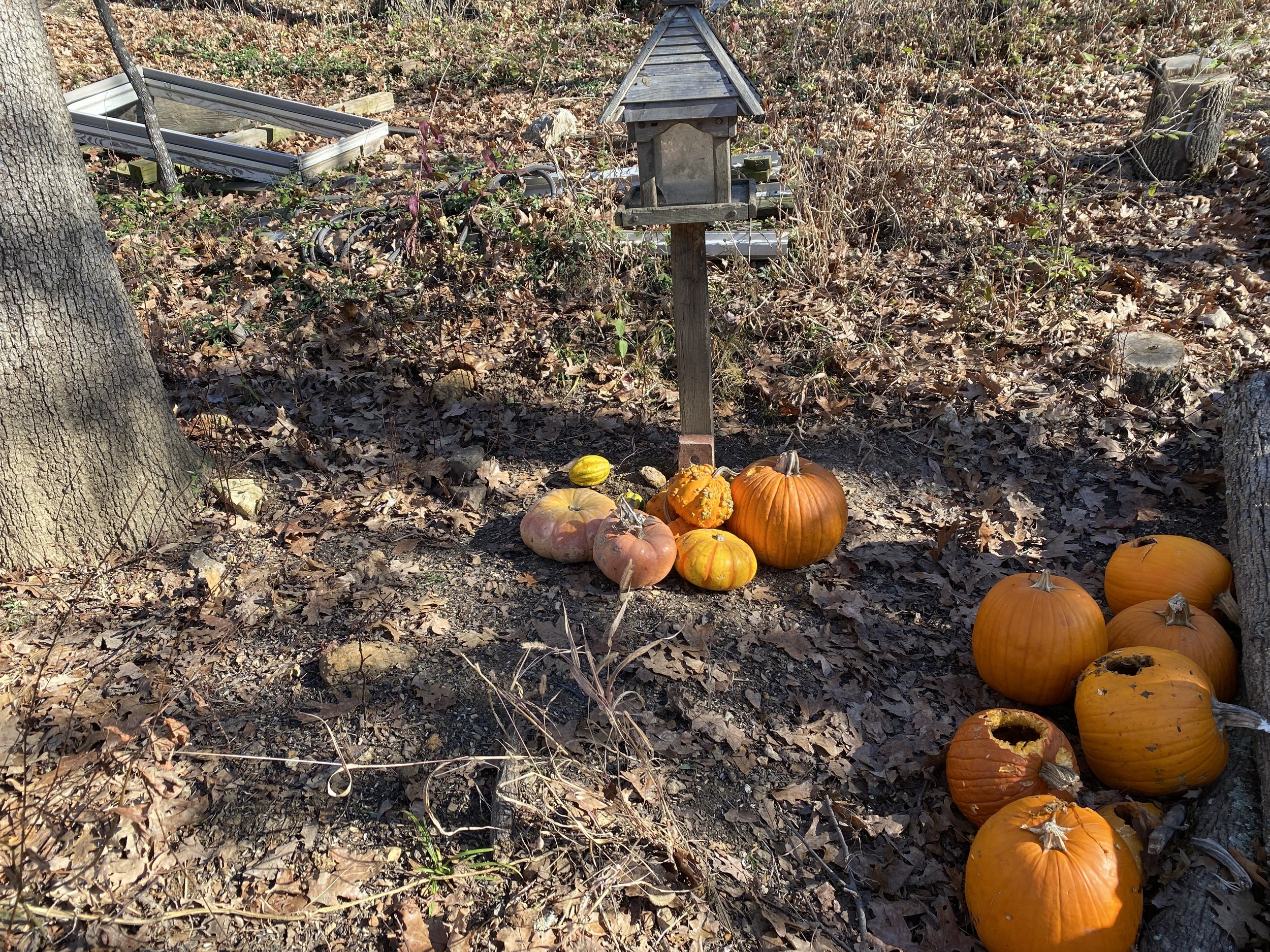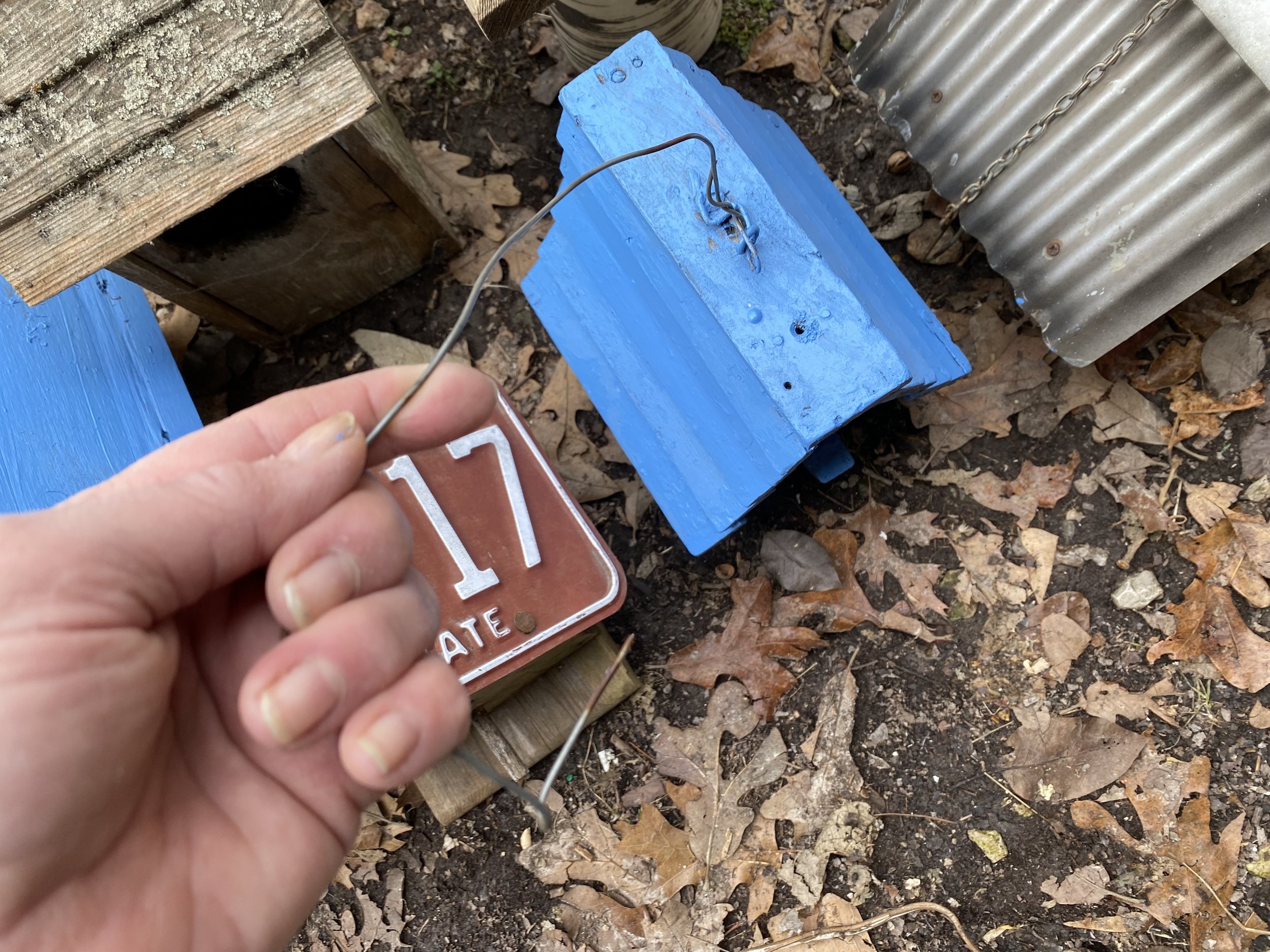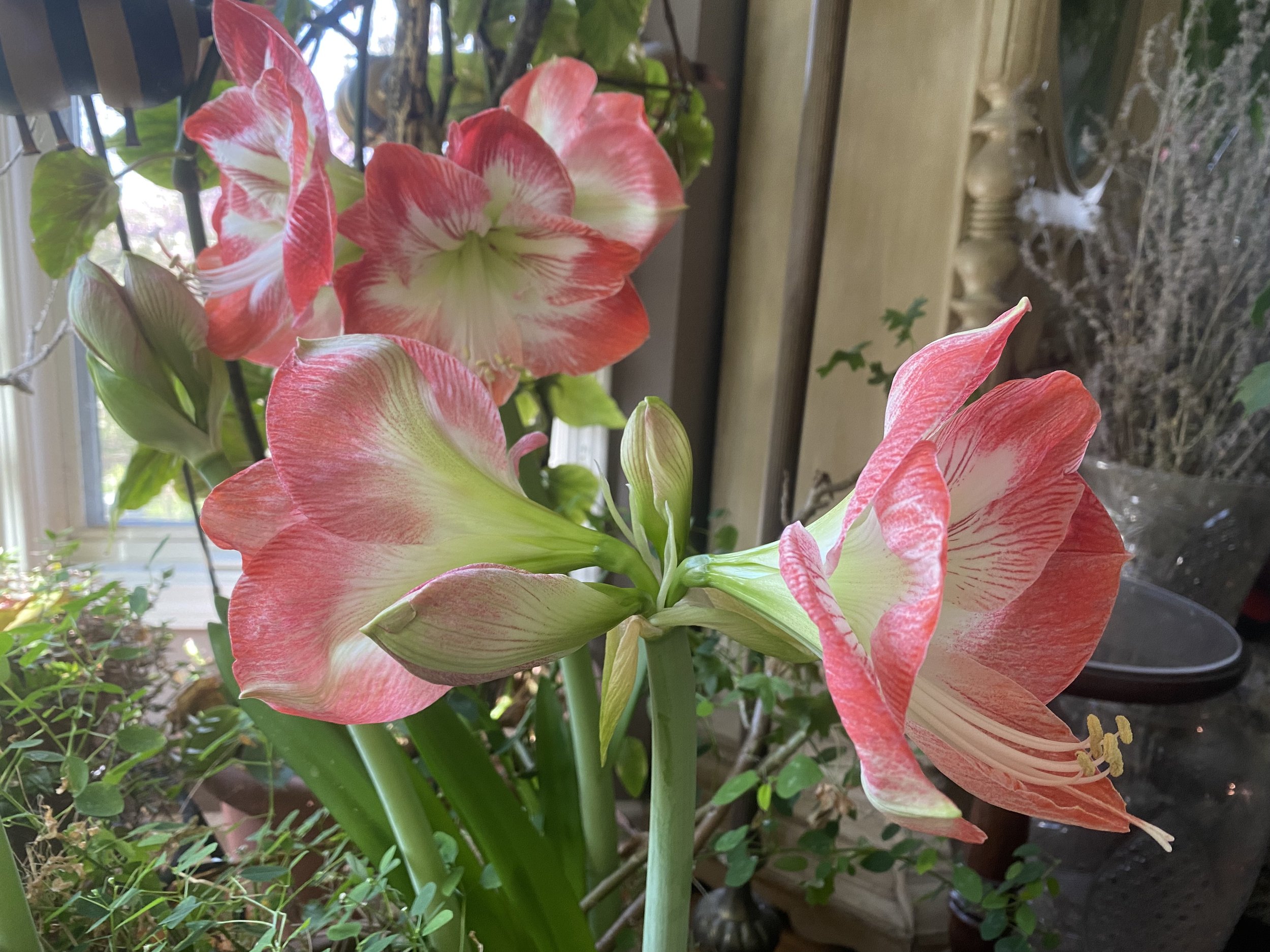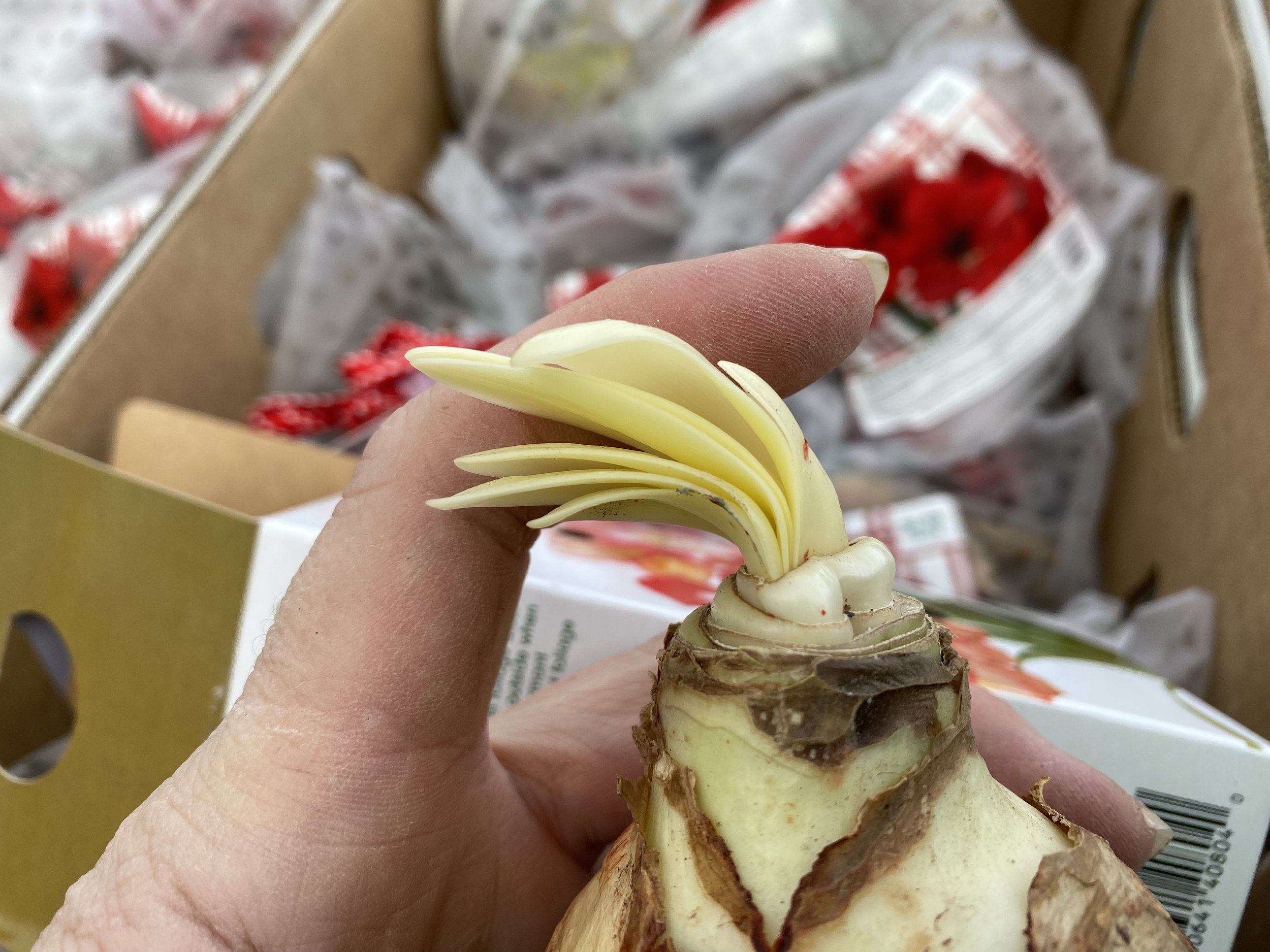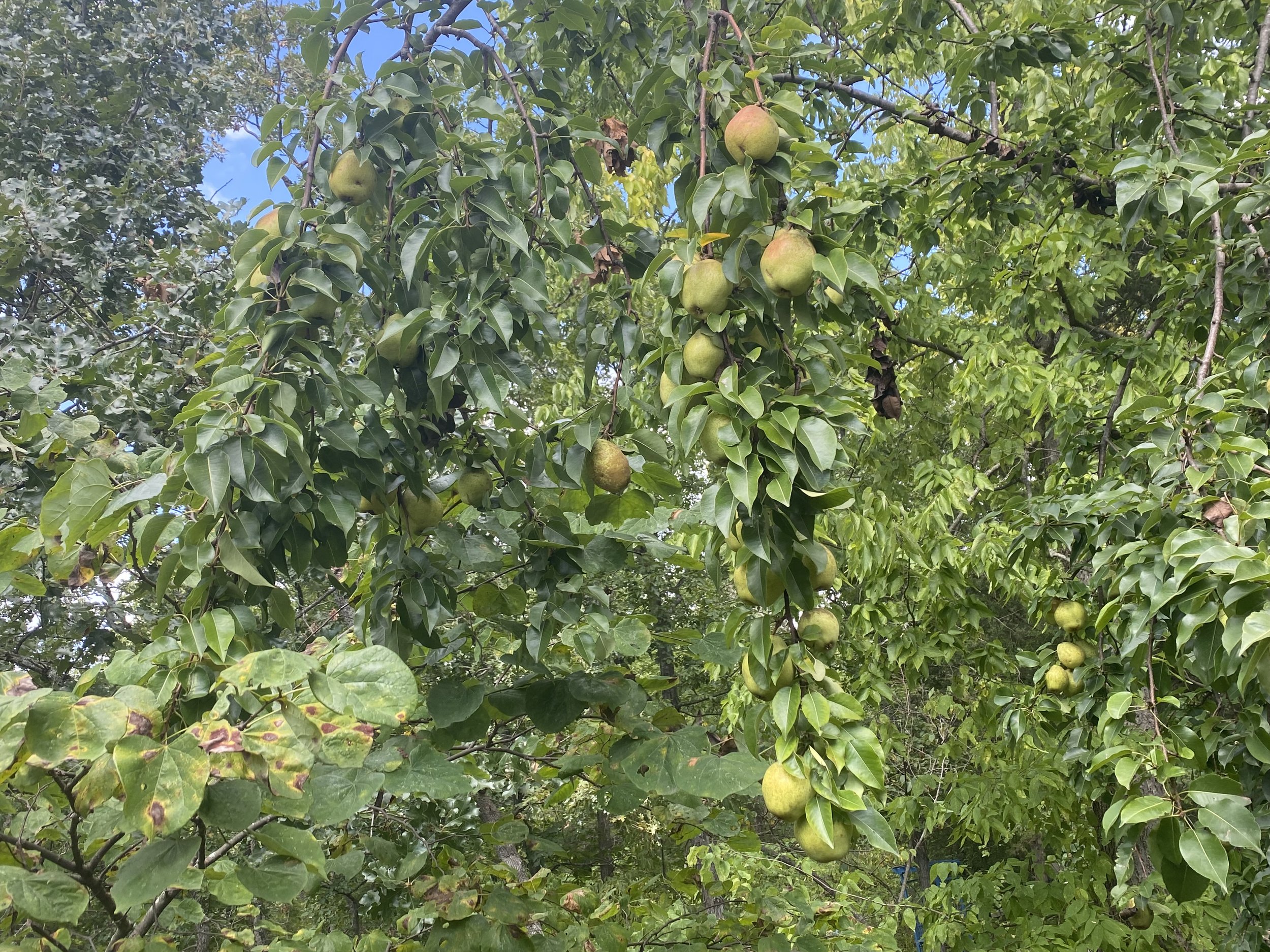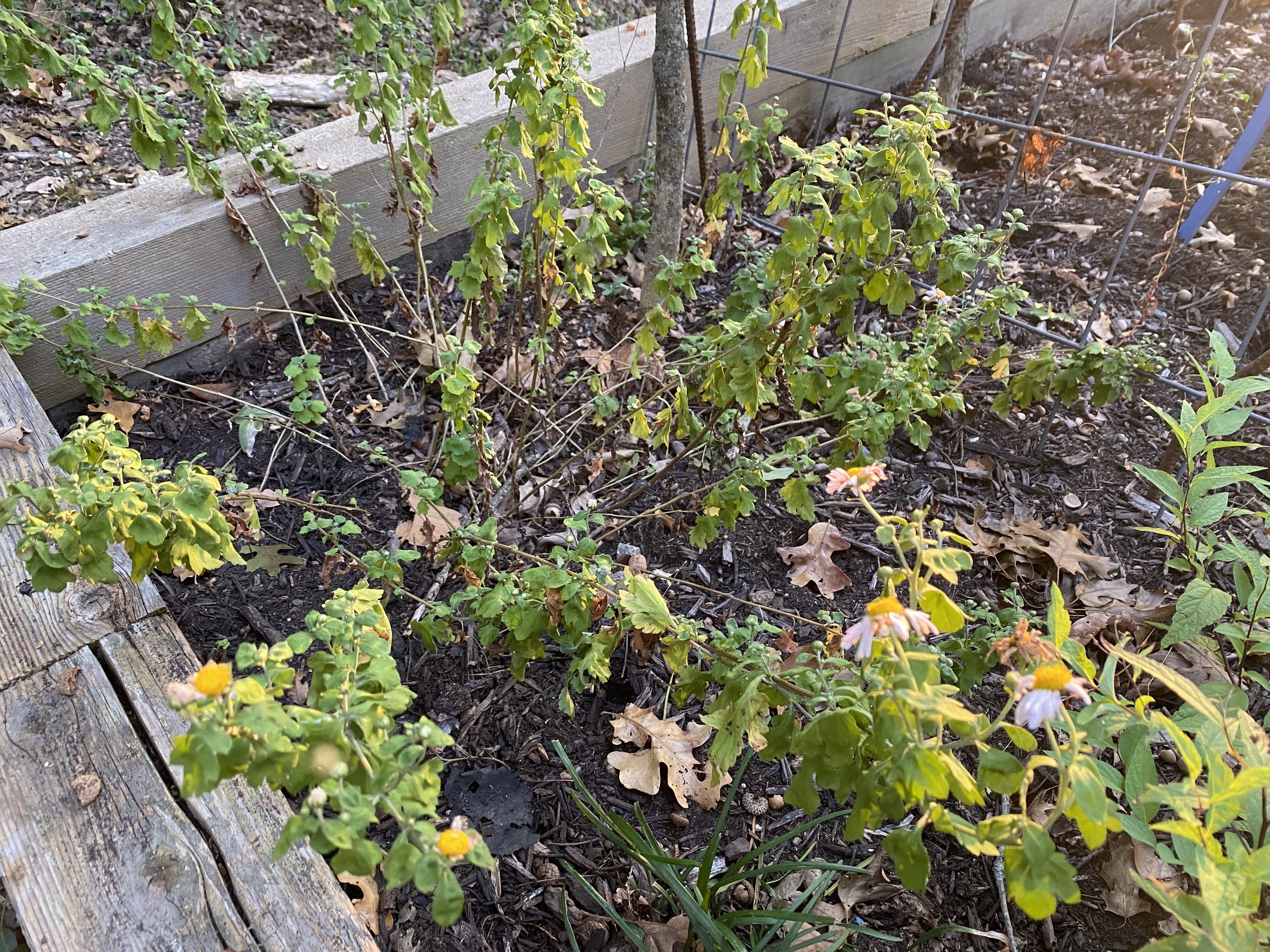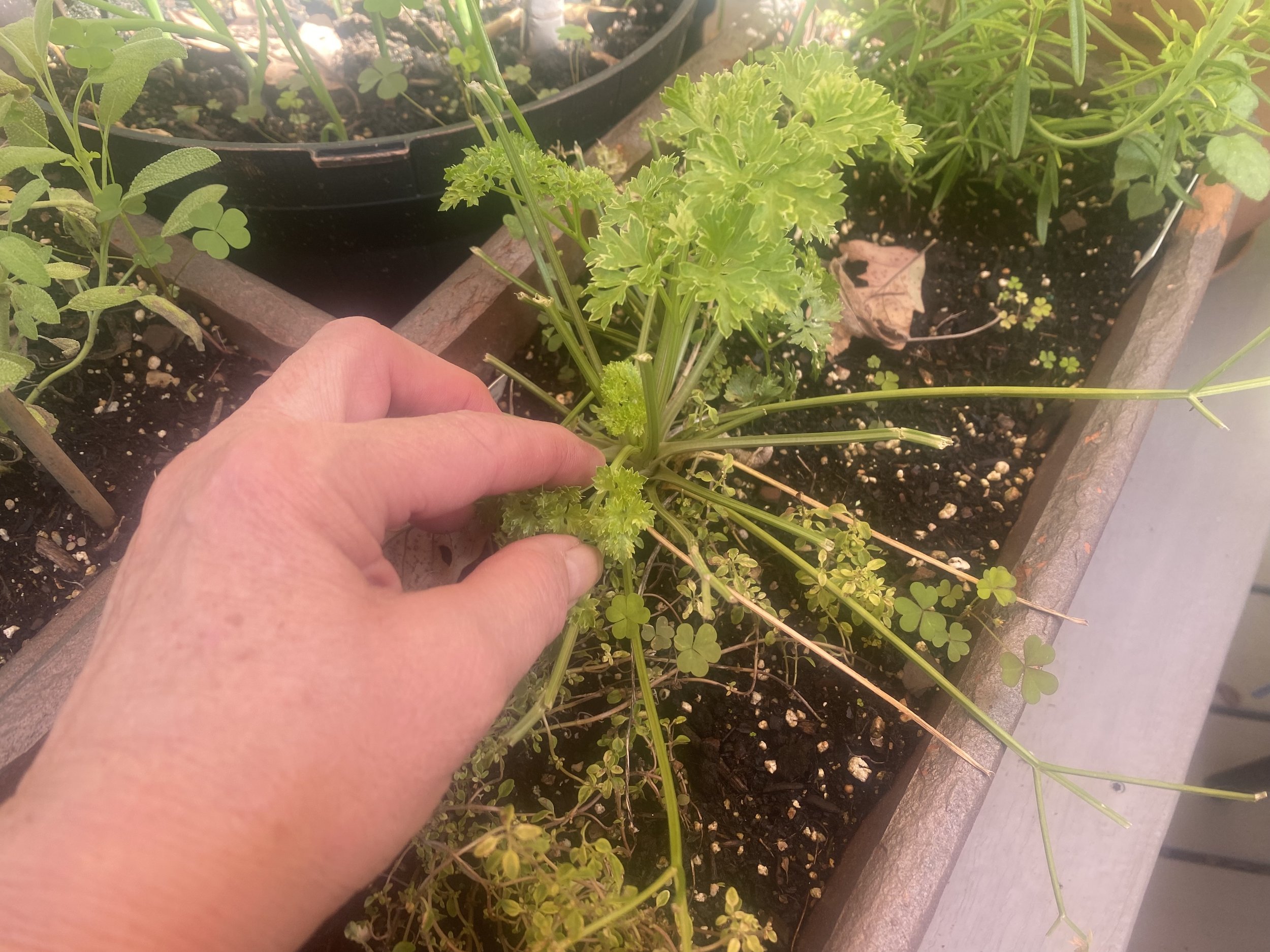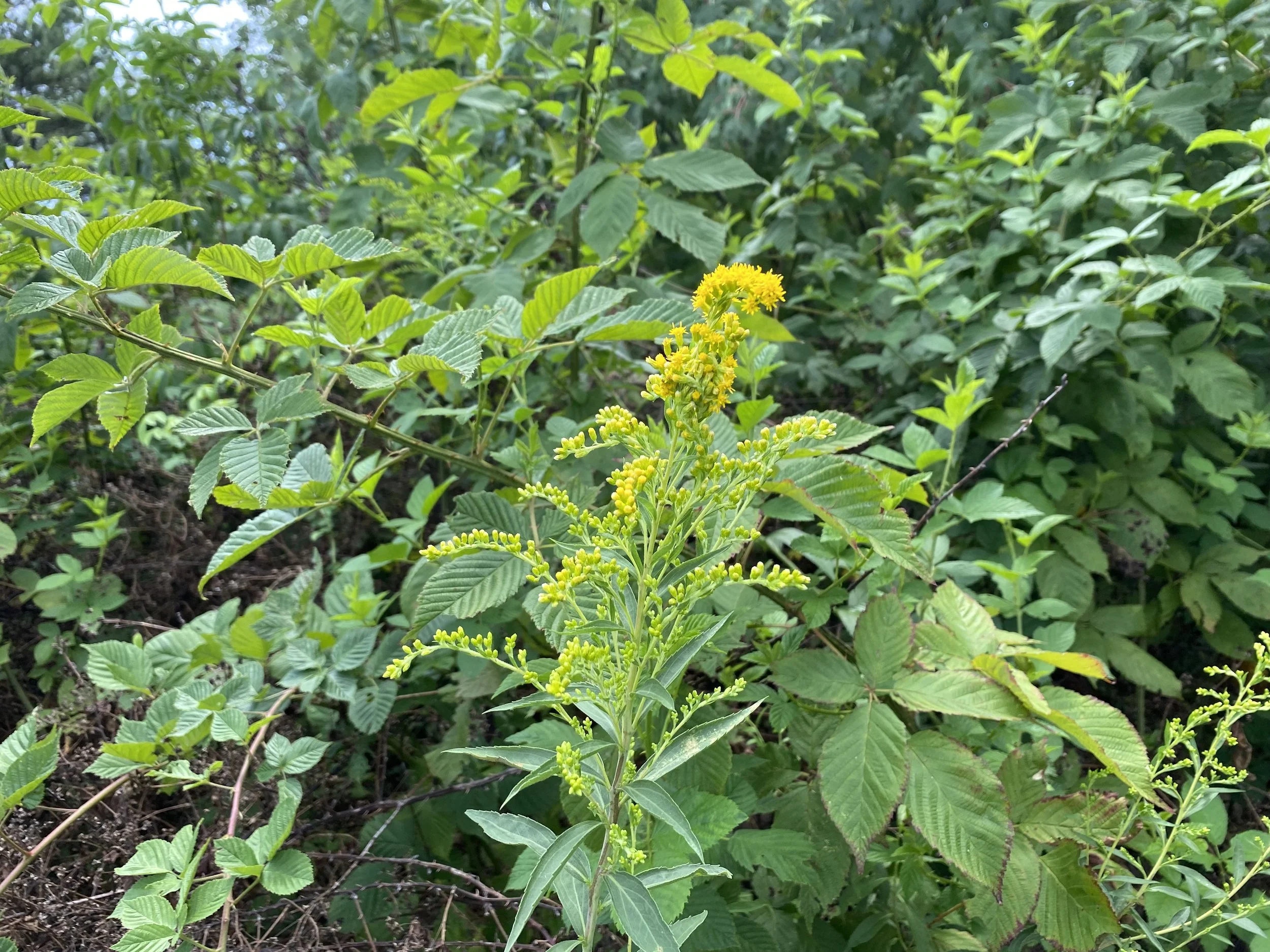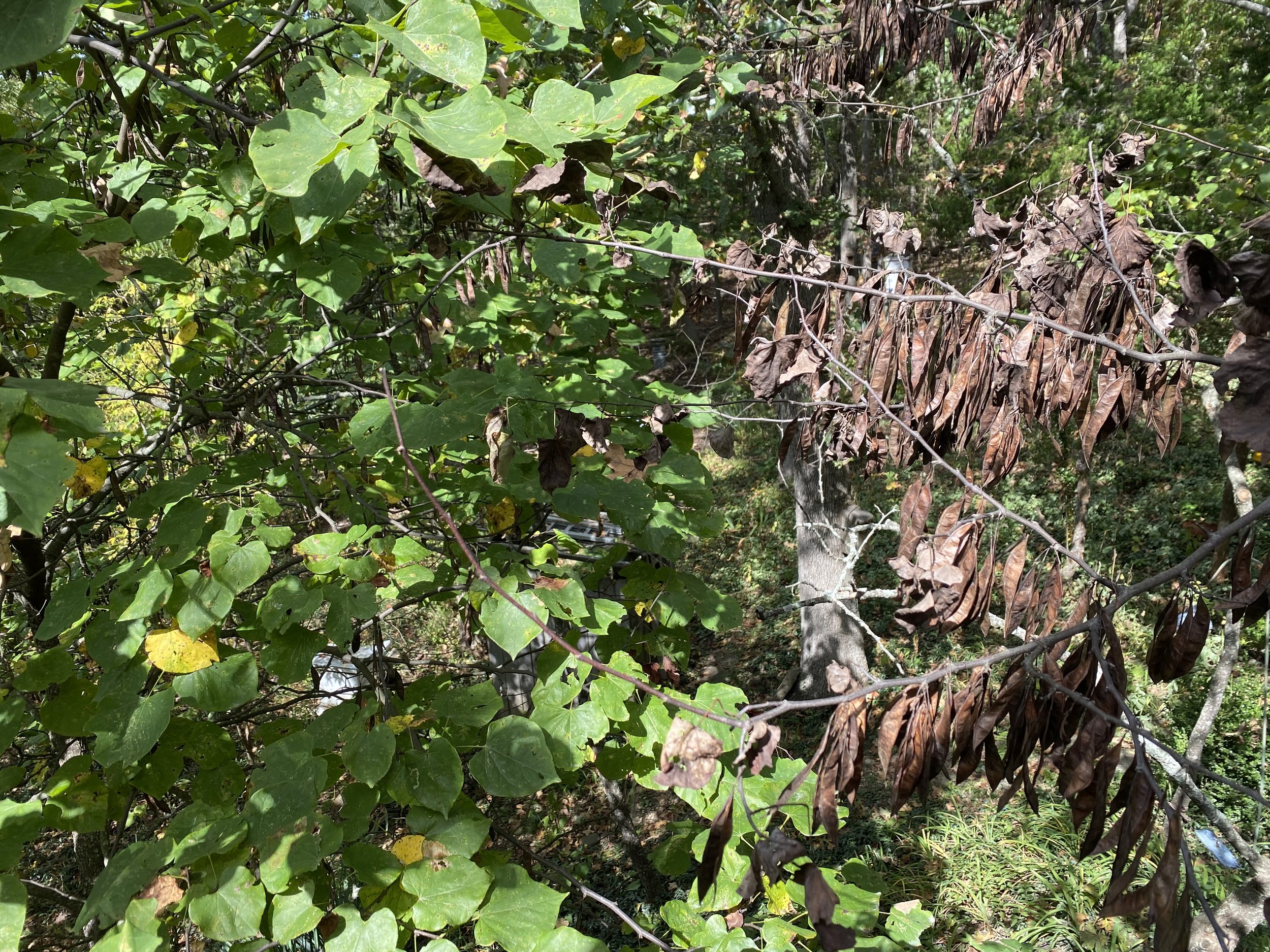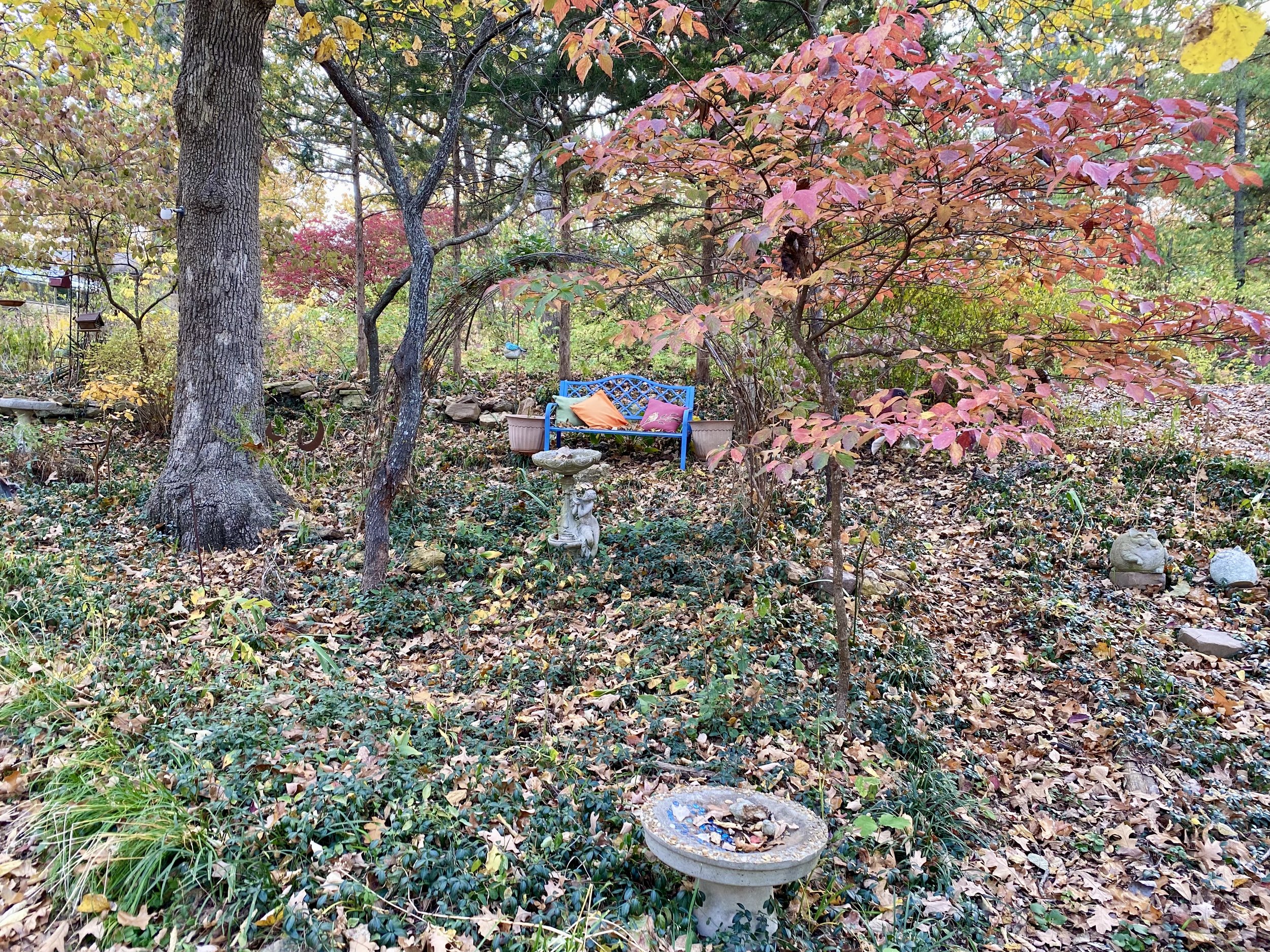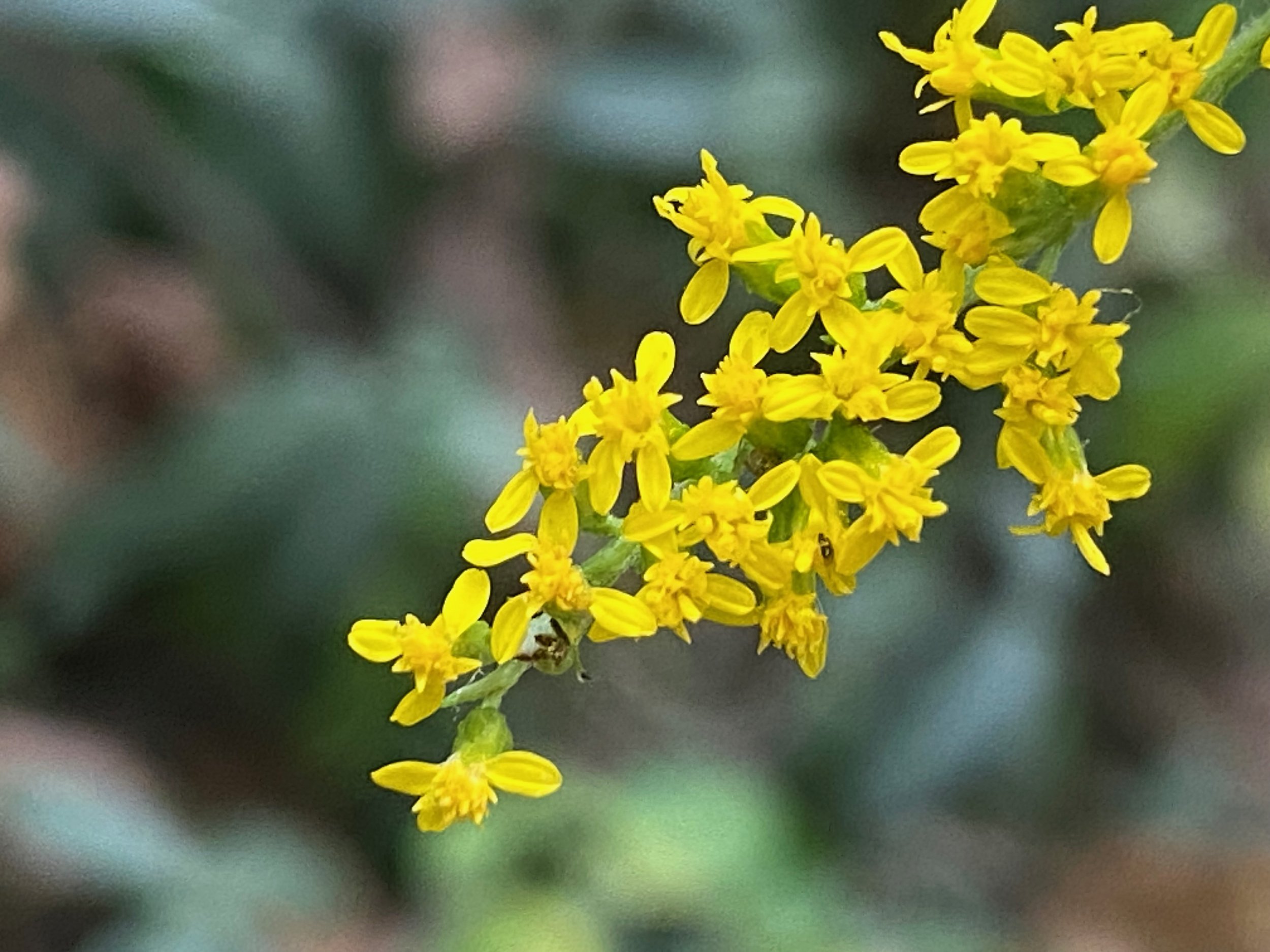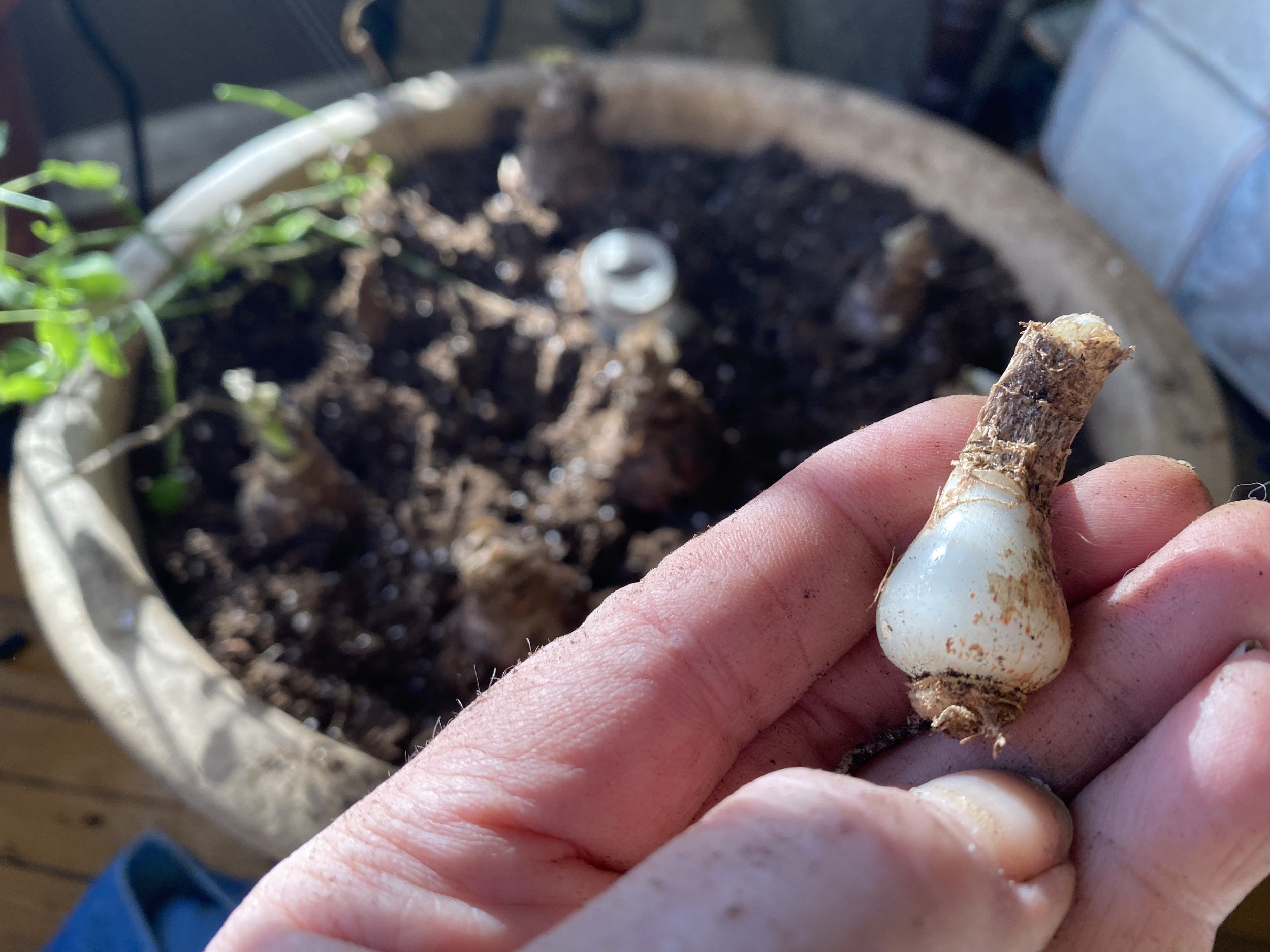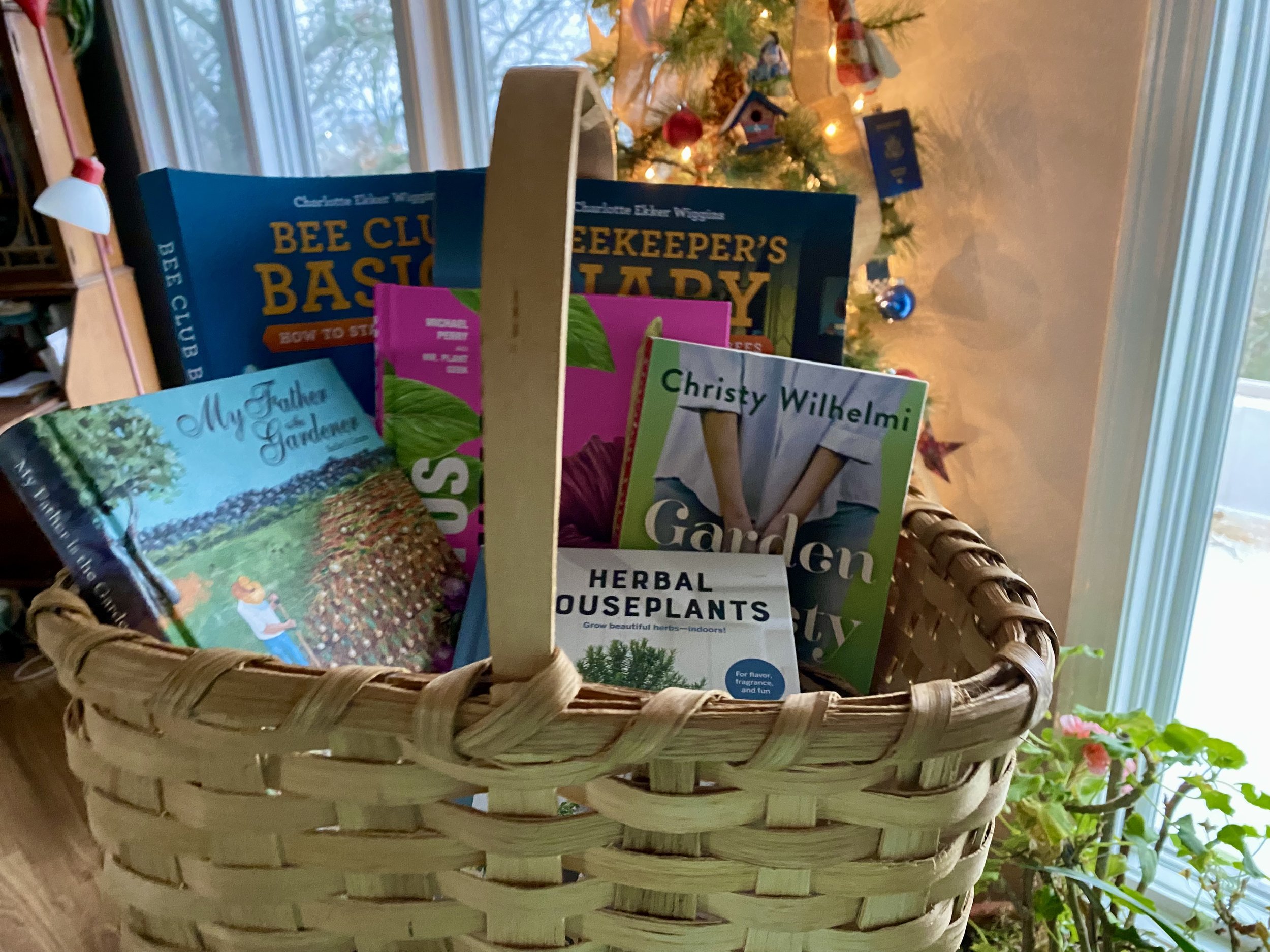When to Plant Daffodils
/Bluebird gardens on the north side of the house. (charlotte ekker wiggins photo)
“Charlotte loved the walk through your garden and now I want to add daffodils to mine. Where do I get them and when do I plant them? Thanks for the inspiration.” — Denise
When to Plant Daffodils
Hi Denise, I think it’s easy to fall in love with daffodils. They are easy to plant; deer-resistent, and multiply year to year if planted in the right conditions. They also make lovely cut flowers, which I appreciate, and are a spring food source for pollinators such as bees and butterflies.
First, get to know the different types of daffodils. The American Daffodil Society has an excellent guide on their website starting with frequently-asked questions.
Secondly, if there is a botanical garden close to where you live, pay it a visit. The Missouri Botanical Garden in St. Louis usually has an excellent daffodil display with name tags so you can get the name of varieties you like.
Usually in April, daffodil companies will start to take orders for fall bulb delivery. Wait for their sales to get their best deals. I like K.van Bourgondien for their sale bundles since I scatter my bulbs through my garden. Sometimes your local master gardeners and gardening clubs will have bulbs for sale at their spring sales around Mother’s Day (May)
Although you order and pay for them in spring, you don’t get them delivered until fall. Fall is when bulbs should be planted, usually 4 weeks before the first hard frost. Daffodils need 8-12 weeks of cold weather to “set” the bulb for spring blooming. I have planted them later in the season but they didn’t bloom until the second year.
When browsing for bulb varieties, make sure to include at least one scented one. Those are wonderful for cut flowers and bring spring inside.
For more gardening, beekeeping, cooking and easy home decor tips, subscribe to Garden Notes.



